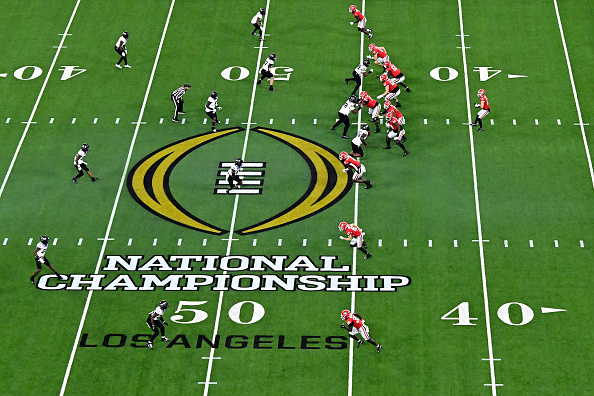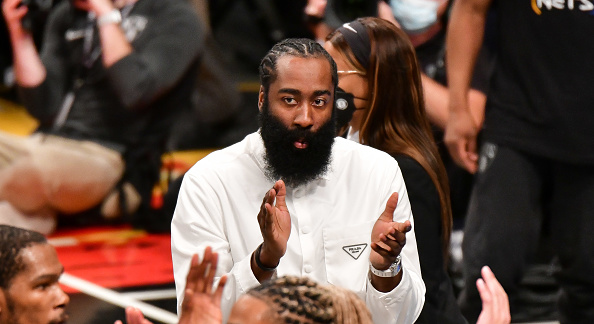Dr. Beth Sullivan | June 26th, 2019
Let’s start with a sports trivia question. What do the following athletes have in common?
Doug Baldwin, Adrian Peterson, Devonta Freeman, Robinson Cano, Tiger Woods, Daniel Briere, Cliff Lee, Chris Archer, Zach Ertz, Nick Bosa
If you said they all missed time from their respective sports because of treatment for a core muscle injury commonly mistakenly known as a sports hernia you would be correct.
Today we are going to take a look at another common injury Athletic Pubalgia or core muscle injury. No, it isn’t a life-threatening illness, it is the medical name for an overuse sports injury. We often hear of players having groin pain and many confuse groin pain with a sports hernia. These are not interchangeable terms nor technically correct in terms of being called a sports hernia.
Definition
By definition, this injury is defined as straining or tearing of any soft tissue—muscle, tendon, or ligament—in the lower abdomen or groin area that connect to or are part of the adductors, or inner thigh muscles. Most of the time Athletic Pubalgia has as a symptom groin pain, but groin pain does not necessarily indicate Athletic Pubalgia. This definition was proposed by the American Academy of Orthopedic Surgeons (AAOS) and has been adopted by the major sports medicine societies.
A hernia in the inguinal canal (top of the leg) is sometimes called a sports hernia, but by strict definition, it isn’t a sports hernia. Two other terms which are used but involve specific core muscles are Gilmore’s Groin which is an adductor muscle tear and SlapShot Gut which is a term commonly seen in European soccer reports.
Risk Factors
The most common risk factors associated with Athletic Pubalgia (core muscle injury) include:
- Most cases occur in male athletes. The condition is rare among female athletes. and in a review of cases done by the British Medical Association, over a five year period, only 3-15% of all treated core muscle injuries occurred in female athletes.
- Athletes involved in vigorous sports that involve intense or prolonged running, jumping and/or forceful landing or twisting movements are at risk for a core muscle injury. Common sports associated with this activity include football, soccer, hockey, golfing and baseball pitching.
- Professional and elite level athletes are at a higher risk of developing Athletic Pubalgia than the general population. More often than not, the weekend athlete does not get sports hernia.
- Having core muscles (abdominal muscles) that are significantly weaker than the upper thigh muscles on the injured side is a risk factor for a core muscle injury.
- Sometimes the cause of Athletic Publagia is unknown, and/or develops gradually over a long period of time instead of being triggered by a single event. Repetitive minimal muscle strains in small areas of the core muscles without adequate healing time can lead to a cumulative significant injury.
Symptoms and Diagnosis
The symptoms for Athletic Pubalgia can also be associated with other types of groin injuries and illnesses. There is no definitive diagnostic test to diagnosis Athletic Pubalgia and often times it is diagnosed after an athlete fails to improve after conservative therapy for groin pain.
Core Muscle Injury can include one or more of the following symptoms:
- Pain that only appears during twisting movements
- Severe and sudden groin pain at the time of the acute injury or mild pain that gets progressively more persistent and severe over a period of time.
- Groin pain that goes away with rest, but returns rapidly during routine sports activity
- Groin pain that is experienced on one side of the groin only (unilateral), rather than on both sides
- Groin pain that gradually increases to pain that playing sports becomes impossible
- Pain exacerbated with other movements that involve the deep abdominal muscles, such as stomach crunches, squats or deep coughing
- Tenderness with or without bruising in the upper thigh and/or lower abdomen
Since the symptoms associated with Athletic Pulgia are also associated with many other conditions, the diagnosis is made after all possible conditions have been ruled out. Because of this, it is called a diagnosis of exclusion. The doctor will conduct a thorough history from the athlete, including recent changes in performance and activities that exacerbate the pain. In addition, a thorough review of the athletes’ medical history and the athletes family history is also done. A thorough physical exam is completed and imaging and lab tests if deemed appropriate are ordered. Imaging with MRI of the lower abdomen and groin region should be reviewed by a radiologist who is trained to identify the nuances of groin injuries. Once the injury is diagnosed a treatment plan is designed.
Mild instances are usually treated conservatively.
- Protection and Rest – To prevent further injury, the athlete is removed from participating in their sport for four to eight weeks. Ice is used to prevent further and reduce current swelling.
- NSAIDS – anti-inflammatory drugs are used to treat pain and reduce swelling.
- Physical therapy – following the rest period, the patient undergoes a prescribed physical therapy regimen that focuses on strengthening the abdominal muscles and stretching the lower abdominal and leg muscles. Additional treatments may include therapeutic massage, ultrasound therapy, and therapeutic injections.
Severe sports hernias are usually treated with surgery to repair the torn muscles. Once the athlete recovers from the surgical procedure itself, they then begin the above steps to return to the playing field. The surgery will add 4-6 weeks to the recovery time to returning to the field of play. This is why many athletes end up on extended injury lists appropriate to their particular sport.
Read my other injury reviews:
Understanding Knee Anatomy–A Guide for the Sports Fan| Concussion Protocols Vary Between Leagues|Is there an ACL Injury Epidemic in the NFL?|Is it a Sprain or a Strain?|Heat-Why It’s SO DANGEROUS!!!
Questions and comments?
thescorecrowsports@gmail.com
Follow Us on Twitter @thescorecrow
Follow Us on Reddit at u/TheScorecrow
Follow Us on Facebook at The Scorecrow
Follow Us on Instagram at The Scorecrow
Facebook Group where you can read and post articles at The Scorecrow
Reddit Group where everyone can post without fear of being banned at The Scorecrow
Follow Beth Sullivan on Twitter @GAPeachPolymer
Main Image Credit: [getty src=”914528852″ width=”594″ height=”396″ tld=”com”]






